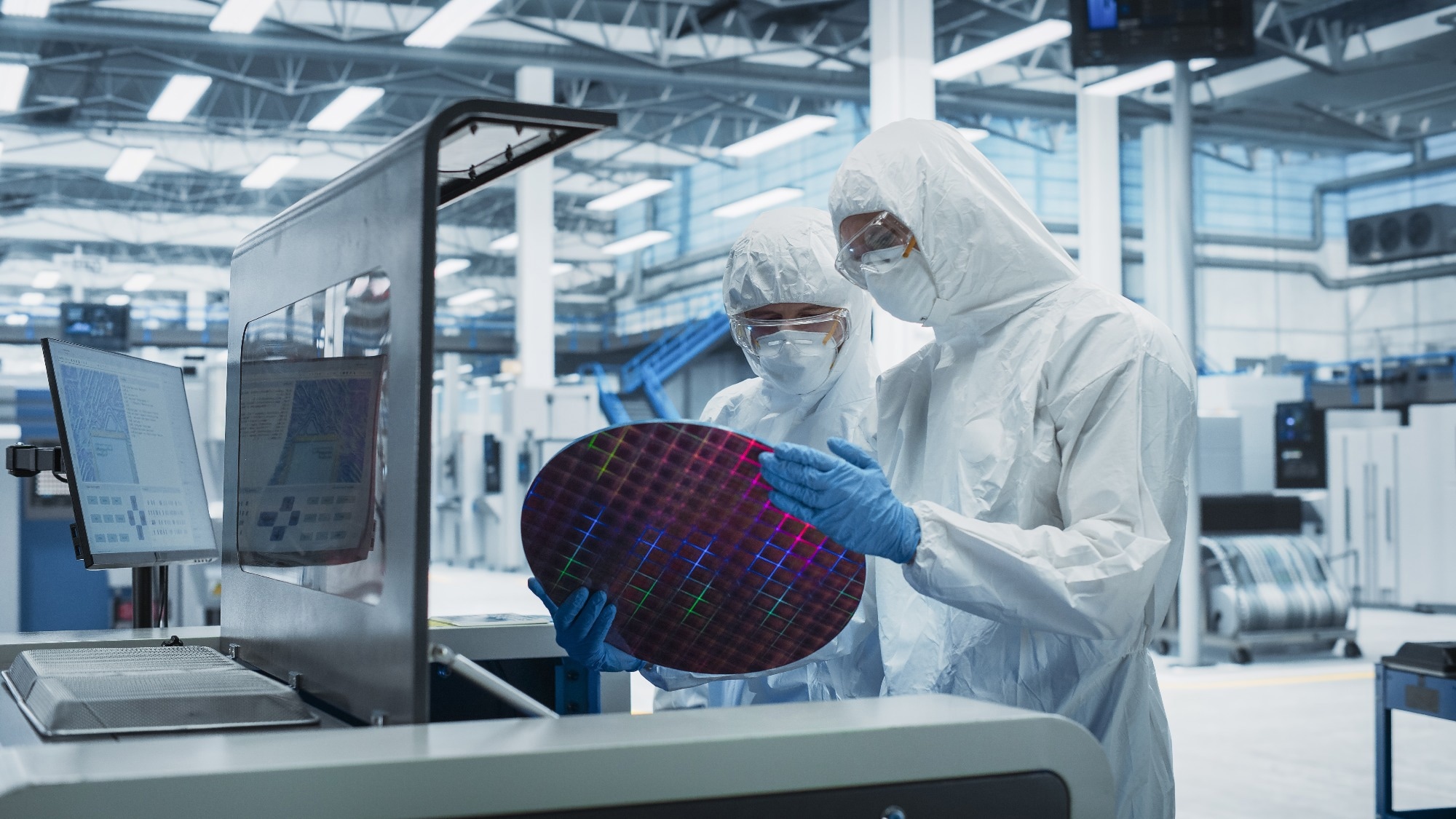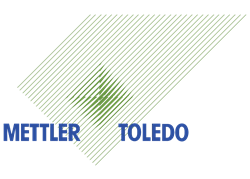In this interview, AZoMaterials speaks with METTLER TOLEDO about the critical role of ultra-pure water management in semiconductor fabs, including reuse strategies, analytical monitoring, and maintaining yield in modern IC production.
Could you begin with a quick overview of how ultra-pure water drives semiconductor production?
Absolutely. Ultra-pure water (UPW), also known as deionized (DI) water, is essential to nearly every process in a semiconductor fab, from etching and cleaning to chemical mechanical planarization (CMP). In fact, the semiconductor industry is the world’s largest consumer of UPW. Fabs typically start by bringing in raw water, which goes through pretreatment, polishing to UPW-grade quality, distribution to the process tools, and finally, assessment for either reuse or discharge. Reducing water consumption is a major environmental focus, guided by industry efforts like the FO-98 committee.

Image Credit: Gorodenkoff/Shutterstock.com
What are the key analytical parameters used to ensure UPW quality?
There are five main parameters:
- TOC (total organic carbon) ≤?1 ppb
- Resistivity ~?18.18?MΩ·cm at 25 °C
- Dissolved Oxygen ≤?10?ppb
- Microbial Count ≤?1?CFU/L
- Silica ≤?0.5?ppb
Each of which ensures minimal contamination and optimal wafer integrity.
How are RO, DI, and EDI purification systems monitored for performance?
Monitoring the performance of water purification systems like Reverse Osmosis (RO), Deionization (DI), and Electrodeionization (EDI) involves tracking specific parameters that reflect system efficiency and component health.
Key indicators for RO system health include inlet pH (typically between 5.5 and 6.5), oxidation-reduction potential (ORP) to detect chlorine presence, and both inlet and outlet conductivity. Total Organic Carbon (TOC) and flow rates are also tracked. Two crucial performance metrics - percent rejection and percent recovery - offer insights into membrane integrity and overall system efficiency.
Whether using mixed-bed or separate cation and anion resins, DI system monitoring focuses on inlet conductivity and outlet resistivity. When resistivity drops or specific ions appear in the output, it's a sign the resins are nearing exhaustion. Silica and sodium leakage are especially important markers for scheduling resin replacement or regeneration.
EDI systems combine elements of RO and DI, and are monitored in a similar fashion - flow rates and resistivity are key data points. Like in DI systems, silica breakthrough is the primary signal that resin performance is degrading and maintenance is needed.
Why is real-time microbial monitoring preferable to batch testing?
Traditional microbial culturing can take 5–21 days, which is too slow for modern fabs. Real-time microbial sensors allow immediate detection, preventing delayed defect issues from contaminated water.
What are “functional waters” and how are they generated?
UPW can be further treated to produce specialized functional waters:
- Ozonated water (oxidizing): Generated using ozone generators, with excess ozone removed by UV treatment before use.
- Hydrogenated water (reducing): Created by mixing cathodic water from ionization stacks with UPW, sometimes adjusted with acid or alkali. These are commonly used in cleaning, stripping, and particle removal processes.
How does the fab decide which wastewater can be reclaimed or reused?
Wastewater from various processes is evaluated based on key analytical parameters. For example, CMP rinse streams are assessed for particle load and chemical content - these are typically directed to filter presses for solids removal. Streams containing hydrofluoric acid or ammonia require specialized neutralization, with pH and conductivity monitoring used to confirm safe discharge or determine if the water can be reclaimed for reuse.
Can you describe the modern sensor technologies used in these systems?
Modern ultrapure water and wastewater systems rely on a suite of advanced sensors to ensure precision, reliability, and compliance. Key instruments include:
- UPW Unicond™ conductivity/resistivity sensors: Digital, temperature-stable, cable-insensitive sensors enabling reliable UPW monitoring.
- Thornton M800/M300 transmitters: Multi-channel devices capable of measuring pH, ORP, TOC, DO, flow, and silica with built-in diagnostics.
- 6000TOCi analyzer: Continuous inline TOC monitoring at sub-ppb levels, using minimal water and offering historical data.
- 2850Si silica analyzer: An automated system measuring silica every 10 minutes, temperature-controlled, accuracy <?0.5?ppb.
- Optical DO sensors and ISM intelligence sensors: Enable low-level DO detection and predictive maintenance.
How critical is UPW quality to modern IC manufacturing as line widths shrink?
As semiconductor line widths shrink from microns to just 3?nm, the demand for UPW quality becomes increasingly critical. Even trace levels of ions or organic contaminants can lead to defects or yield loss. To maintain productivity and high yield rates, fabs rely on continuous monitoring of key parameters such as resistivity, TOC, DO, ozone, silica, and microbial content.
About Jim Cannon
Jim Cannon is the Head of OEM and Markets at METTLER TOLEDO Thornton and has over 35 years of experience in the management, design and development of ultrapure water (UPW) treatment and technology. This includes measuring differential conductivity and UV oxidation for the detection of TOC in UPW and the design of electro deionization modules. Jim is an expert in matters regarding pharmacopeia compliance. He is currently involved in the standards and regulatory organizations for the pharmaceutical market and the commercialization of alternative microbial technology.
differential conductivity and UV oxidation for the detection of TOC in UPW and the design of electro deionization modules. Jim is an expert in matters regarding pharmacopeia compliance. He is currently involved in the standards and regulatory organizations for the pharmaceutical market and the commercialization of alternative microbial technology.

This information has been sourced, reviewed and adapted from materials provided by METTLER TOLEDO - Process Analytics.
For more information on this source, please visit METTLER TOLEDO - Process Analytics.
Disclaimer: The views expressed here are those of the interviewee and do not necessarily represent the views of AZoM.com Limited (T/A) AZoNetwork, the owner and operator of this website. This disclaimer forms part of the Terms and Conditions of use of this website.